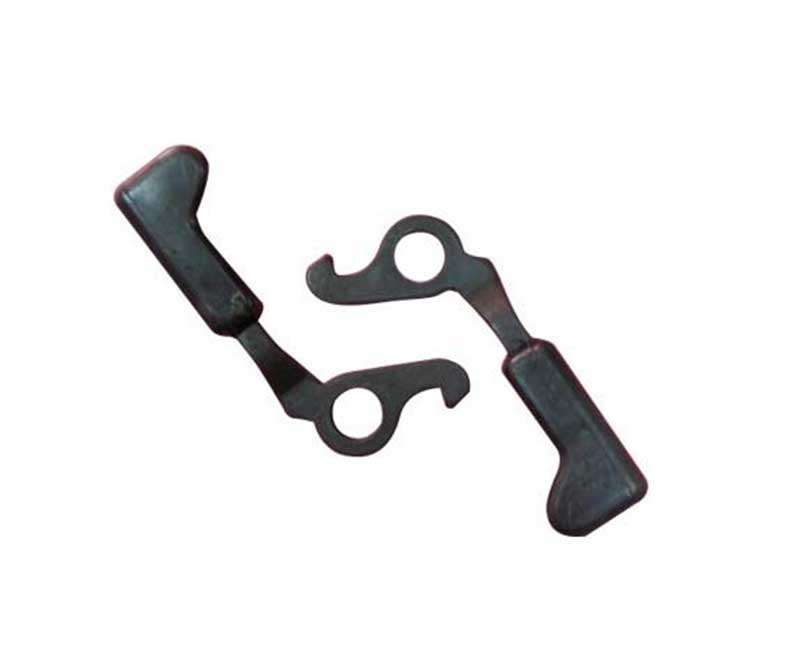Lever
A lever is a simple machine consisting of a rigid bar that pivots around a fixed point called the fulcrum. It is used to amplify force, making it easier to lift or move heavy objects. Levers operate based on the principle of mechanical advantage, which means that a small effort applied at one end of the lever can generate a larger force at the other end, depending on the distance from the fulcrum. Levers are classified into three categories: first-class, second-class, and third-class levers, based on the relative positions of the load, effort, and fulcrum. Common examples include crowbars, seesaws, and fishing rods. Levers are widely utilized in various applications, from simple hand tools to complex machinery, due to their effectiveness in reducing the effort needed to perform tasks.



